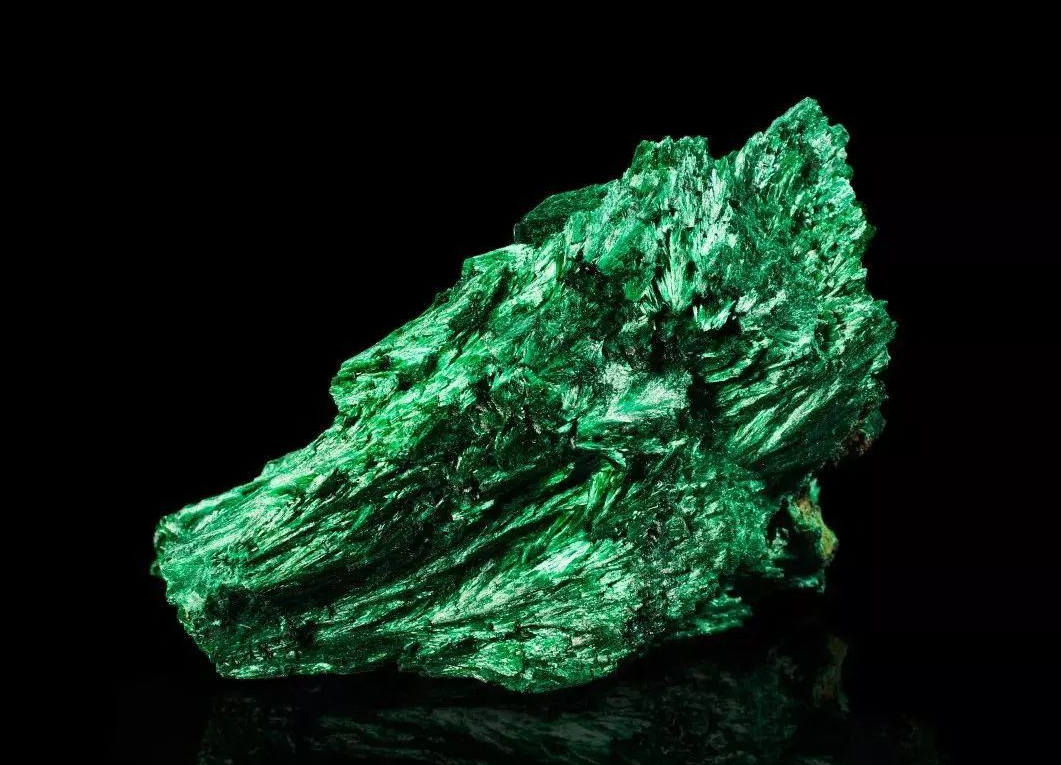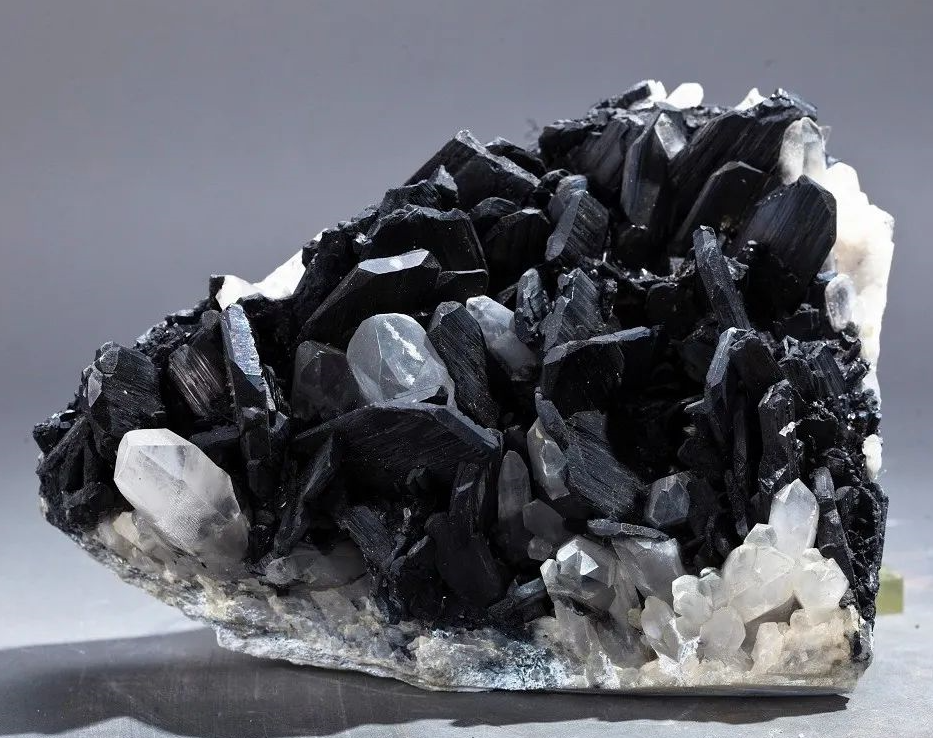Physical properties observed without instruments
2023-05-19
Minerals have an array of physical properties, and some can be observed and measured without the aid of an instrument.
Color, one of the most intuitive properties of minerals, generally fall into 3 categories: inherent color, which is a consequence of the chemical makeup; exotic color, which is caused by the inclusion of impurities; streak, the color of a powered mineral, which is commonly examined by using a small ceramic tile called a streak plate and scratching the mineral across its surface.
Luster is a description of how much a mineral reflects light. There are four levels of luster from strong to weak: metallic, semi-metallic, adamantine and vitreous luster.

Hardness shows the strength to resist mechanical action of external force. Mohs is used to describe the hardness of minerals from 1 to 10 which refer to the following ten minerals: talc, gypsum, calcite, fluorite, apatite, orthoclase Feldspar, quartz, Topaz, corundum and diamond. The higher the grade, the greater the hardness. Diamond is the hardest mineral known to date. However, Mohs just shows a relative hardness and the differences between the grades are not equal.
Additionally, the hardness can be measured through other common objects such as 2+ for nails, 3 for copper keys, 5+ for small steel knives, 5.5 for windowpanes and 6.5 for steel file.


Cleavage is the inherent property that a crystal can rupture along a plane network in a certain direction when it is stressed beyond its elastic limit. Solution interface refers to the plane formed along the cleavage. Fracture surface is formed when a mineral crystal or its aggregate breaks irregularly in all directions other than the cleavage surface.
Specific gravity is the density of a mineral. It can usually be weighed by hand with experience, and is roughly divided into light, medium and heavy, ranging from less than 1 to about 23. The specific gravity of most minerals is medium, i.e. between 2.5 and 4, but for some minerals it is one of the outstanding characteristics due to their extra big specific gravity, such as galena (7.4-7.6), wolframite (7.1-7.5), cassiterite (6.8-7.0) and metal native elements.
In addition, minerals are often classified into heavy minerals and light minerals. Those that sink in Tribromomethane liquids, with specific gravity greater than 2.9 are considered heavy minerals.




